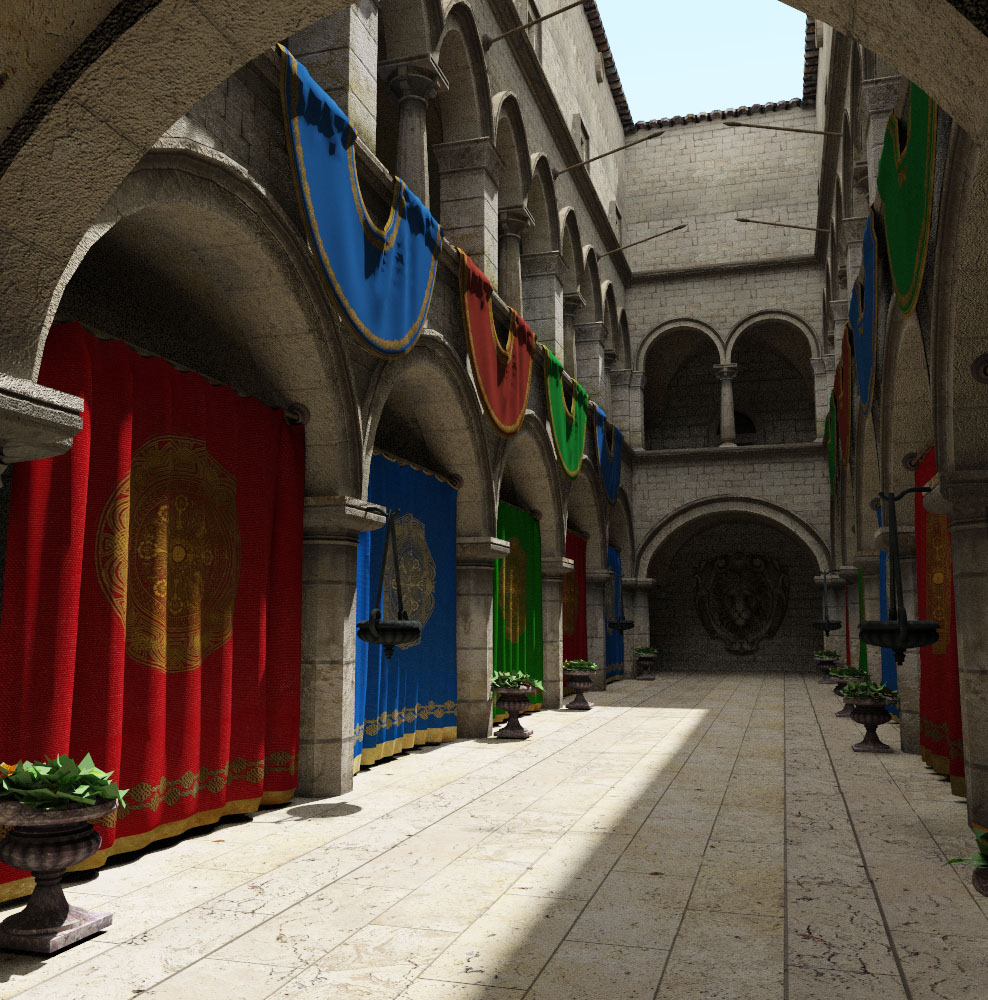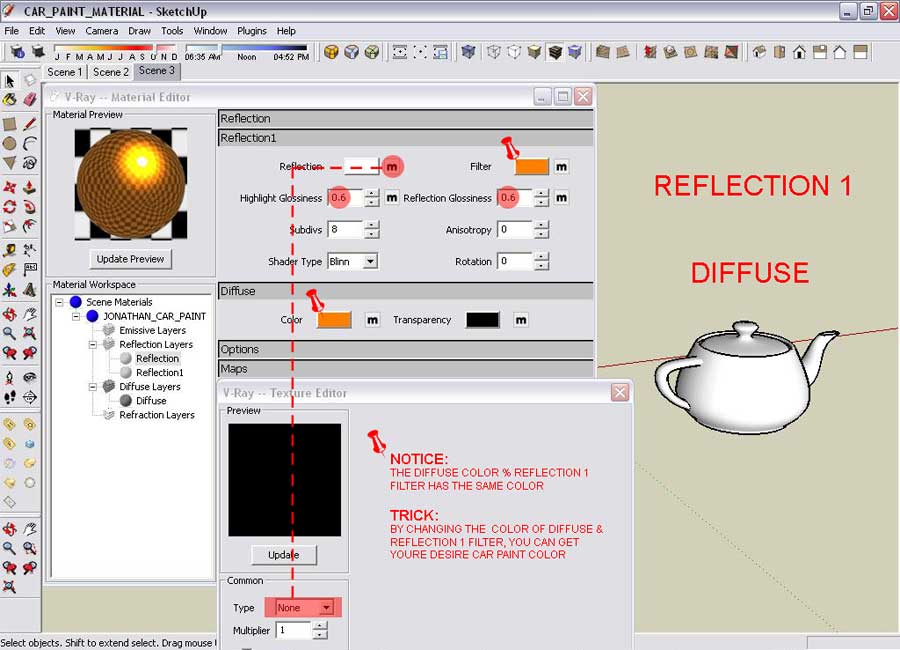
You can move, rotate and scale the instance. The third icon is to create an instance of a selected Sketchup group or component so that it can be duplicated many times in your Sketchup model without duplicating all its geometry. This is merely for speed when rotating, panning, zooming, updating materials etc.ģ. This is mostly provided for small models like prototypes which doesn’t use artificial lights, or very few of them and that none of the features like Birds, Planets etc are needed. This does the same as the first icon but with limited features. At this point, you no longer need Sketchup and it is safe to close it if you no longer need it.Ģ. Once the export has completed, Raylectron will start and load the exported file. Once you click on it, it will ask you where you want to save the exported file (ROF file). The first icon is what you need to use to export your model to Raylectron. The CPU version of Raylectron with all features enabled. This means I will be relying totally on Emissive materials to light up my scene.If you have installed Raylectron for Sketchup, you will find a new toolbar in Sketchup as follow…ġ. Again, just like my part 1 tutorial in this series, the Camera and Physical Sky are turned off. I will be using this simple scene to show you how to access this material easily. Emissive material is normally used as self illuminating material for glow sticks, neon’s, bulbs and LED lights. But before that, let me reintroduce the basic function of it and how you can access this in V-Ray for SketchUp.

In this 2 nd Part of my tutorial, I will try my best to share my knowledge and my experience in using Emissive material. is this the case though? Can I possibly produce quality rendering just by using Emissive lighting?


When I first used V-Ray for SketchUp, I was not encouraged to use pure Emissive Material to light up my model. In other rendering engines, they call this a “self-illuminating material” or in V-Ray Max it is equivalent to V-Ray Light Material.

It also allows a plane, a face or an object applied with this material to turn into an actual light source. You will need a reasonable knowledge of SketchUp, rendering and the use of Photoshop for this tutorial.Įmissive Material is actually a special material layer of V-Ray for SketchUp used for producing self-illuminated surfaces. In this guide Nomer checks out Emissve materials to help light your SketchUp models. Nomer continues his great collection of lighting tutorials to help you get to grips with and simplify this often complex process, with some easy solutions to this often frustrating and confusing aspect to rendering. Also for additional help V-Ray for SketchUp User Manual Version 1.48. This is part 2 of the definitive guide to lighting with V-Ray for SketchUp by Nomer Adona. Lighting with V-Ray for SketchUp – definitive guide part 2


 0 kommentar(er)
0 kommentar(er)
